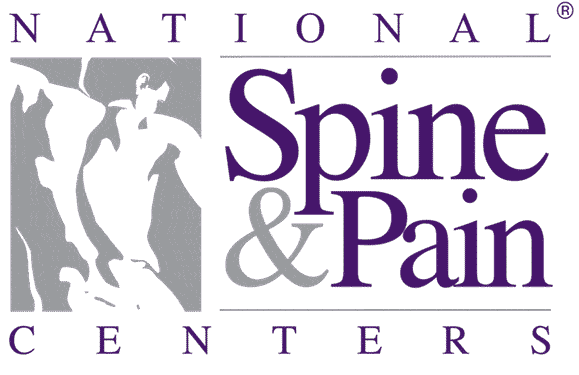Pain Relief through Superior Technology
At StemCell ARTS, we often see patients who have had problems associated with knee surgery, such as a torn meniscus needing repair, surgery to correct an ACL injury or a procedure associated with osteoarthritis. Many of these patients did not experience the results they were hoping for and feel that the surgery has failed. In many cases, the surgery actually did not fail; it just did not go far enough into resolving all of the problems that the patient’s knee joint was experiencing.
Take the example of a torn meniscus surgery. The surgery may have been successful in removing the piece of meniscus that was torn, but it did nothing to address the additional instability in the knee, cartilage wear, or potential tendonitis that the patient might have. These types of issues can cause just as much knee pain as what the patient was experiencing from the initial injury.
Video: Treating Failed Knee Surgeries:
[youtube id=”AjlF-T8VZ0s” width=”600″ height=”350″]
How We Find Additional Knee Issues
The physicians at StemCell ARTS can help diagnose additional knee issues that might still exist after surgery. To confirm the existence of further knee injuries, a local anesthetic or nerve block can be administered to accurately pinpoint whether a certain area is the source of the pain. If pain is relieved, it contributes toward confirming the initial diagnosis. The final diagnosis is confirmed through a review of patient history, a physical examination and other innovative diagnostic procedures. Once diagnosed, a treatment plan, utilizing part or all of the following, can be developed to promote healing.
Stem Cell Therapy: The Process
Stem Cell therapy can be used to help complete the final stages of healing within a knee injury. Stem Cell Therapy makes use of the supply of stem cells available in the body to help repair injured and degenerated tissues. The easiest place to harvest these stem cells is from the back of the hip area, under ultrasound or x-ray guidance. This harvesting procedure is well-tolerated by patients and not considered difficult as many patients claim it is not painful.
After bone marrow blood is drawn, it is centrifuged to concentrate and purify the stem cells, as each stem cell specimen is custom designed to meet the needs of the specific injury. Utilizing either fluoroscopy or ultrasound, the stem cells are precisely injected into the injured site to improve the likelihood that stem cells will adhere to the damaged area and promote healing. After the stem cells are placed, concentrated platelets and other adjuvants are injected to stimulate the stem cells to multiply, and then transform into the repair cells needed to regenerate new cartilage. The platelets are injected again two to five days later to keep the stem cells activated and promote additional healing.
Platelet Rich Plasma
Platelets initiate tissue repair by releasing growth factors. These growth factors start the healing process by attracting cells that repair injuries, including critical stem cells. At StemCell ARTS, our Platelet Rich Plasma Therapy (PRP) intensifies this process by delivering a higher concentration of platelets. The therapy involves a small sample of the patient’s blood, placed in a centrifuge to separate the platelets from the other blood components. The concentrated PRP is then injected into problem areas such as weakened ligaments, injured joints or poor muscle attachments, thus significantly strengthening the body’s natural healing tendencies. StemCell ARTS process for PRP is much different and sets us apart from all others. Because our samples are all hand-processed, we are able to produce PRP that is free of contaminating red and white cells, which can inhibit repair. This same special process also allows us to customize the concentration and volume for each individual and each injury type. This greatly improves patient outcomes. Sometimes just a single injection of PRP will help the knee go through the final stages of repair.
Platelet Lysates
Platelets in the blood release tissue growth factors that aid in the healing process. Normally this occurs slowly over time, but a Platelet Lysate solution that is high in concentration of growth factors can be released immediately into the body. The result is a targeted, faster healing process.
Prolotherapy
Injected three to five days before the stem cells, Prolotherapy contains a solution of concentrated dextrose and a local anesthetic (steroids are not used). This Prolotherapy solution stimulates the body’s natural ability to repair damaged tissue, encouraging new growth and creating a positive environment into which the stem cells are placed.
By introducing additional growth factors, the hidden knee damage that might be present after a failed surgery can finally be encouraged to heal. These treatments can be the key to finally relieving knee pain in a way that marks a real transformation in the patient’s level of mobility and a return to normal life.
